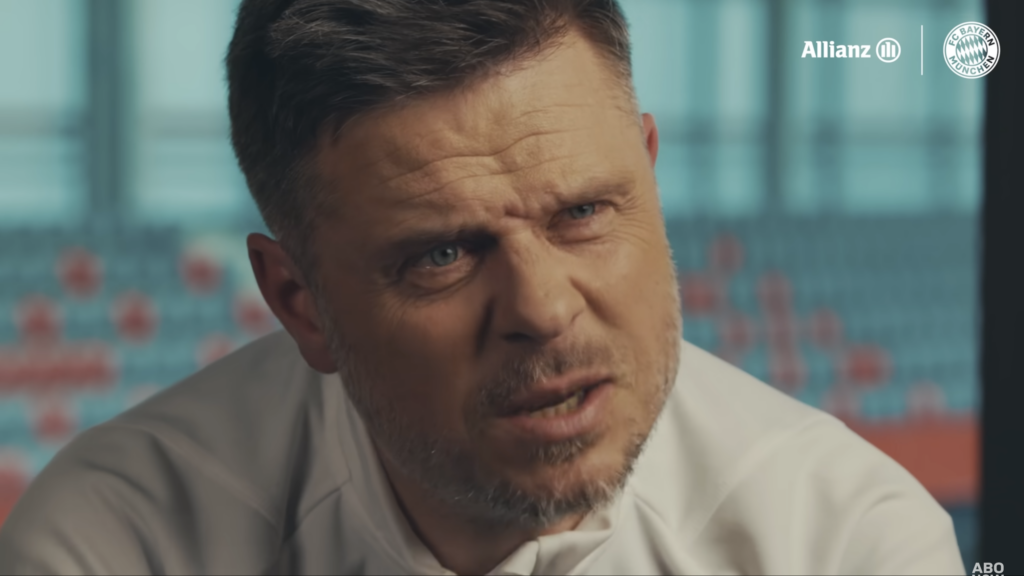Schon vor mehr als 1000 Jahren wurde in Japan das Spiel Kemari gespielt, bei dem ein Ball mit dem Fuß getreten wurde.1 „Um 600 v. Chr. wurde auch von den Griechen ein Ballspiel nach festen Regeln betrieben, das sogenannte „Episkyros“, was mit „Ballschlacht“ übersetzt werden kann. Wie der Name schon verrät, zeichnete sich dieses Spiel, welches wohl eher mit dem heutigen „American Football“ als mit dem uns bekannten Fußballspiel zu vergleichen ist, durch körperliche Härte aus.“2 Während der Zeit der Song Dynastie von 960 bis 1276 gab es ebenfalls bekannte Spiele bei denen ein Ball gekickt wurde.3 Im Mittelalter und in der frühen Neuzeit wurde ein Spiel bekannt, das dem Fußball ähnelte. Bei dem Spiel versuchten mehr als 1000 Teilnehmende sich einen Ball zu schnappen und an ein festgesetztes Ziel zu bringen. Es ging dort meistens sehr brutal zu, weshalb es von der obersten Instanz an vielen Orten verboten wurde. In den 1830er Jahren wurden Spielregeln zu dem Spiel festgelegt, zusammen mit der Reform der Public Schools. Das Spiel wurde als Erziehungsmethode verwendet. Schließlich braucht es Disziplin und förderte die Wettbewerbslust der Schüler. Zehn Jahre später wurden die Spielregeln aufgeschrieben, und jede Schule hatte ihre eigenen. In der Schule Eton stand in den Regeln, dass der Ball nicht mit der Hand berührt werden darf. Durch die unterschiedlichen Regeln kam es zu Missverständnissen bei Wettbewerben von Schule untereinander. „Dies veranlasste die Vertreter von Fußballvereinen 1863, die Football Association (FA) zu gründen und ein gemeinsames Regelwerk des „Associations-Fußball“, kurz, soccer, zu entwickeln, das u.a. Stoßen, Halten, Treten und Bein-Stellen sowie das Tragen und Werfen des Balles verbot.“ Gleichzeitig wurde Rugby gespielt, bei dem so gut wie alles erlaubt war. Dieses Spiel war in den 1880er Jahren an den Public Schools beliebter.
Besonders bei den Arbeitern setzte sich nach und nach „Soccer“ durch wegen seiner „flüssigen Spielszenen“. Für die Arbeiter war es keine Frage, dass die Spieler Geld bekamen, was eine Professionalisierung des Sports zur Folge hatte. Damals haben Mädchen keinerlei Verbindung zu dem Sport gehabt. Reisende, die das Spiel in England gesehen haben, nahmen es mit nach hause in ihr eigenes Land. So verbreitete sich der Sport. Im Jahr 1904 wurde der Sport international mit der Gründung der FIFA.4 Bekannt war der Sport jedoch hauptsächlich in Europa.5 „So sind in Australien Rugby und Kricket, in den USA Baseball und American Football weit beliebter als Fußball.“
Frauenfußball im ersten Weltkrieg
Der Frauenfußball hatte im ersten Drittel des 20. Jahrhunderts seinen Aufschwung. Das Frauenfußballspiel entwickelte sich zu einer Art Benefizveranstaltung während des ersten Weltkrieges, da Geld für einen guten Zweck gesammelt wurde. Im Jahr 1921 zählte man 150 Frauenfußballteams in England. Besonders bekannt war der Fußballclub die Dick, Kerr Ladies F.C. Sie arbeiteten in der Munitions- bzw. Maschinenfabrik Dick, Kerr’s. Im Jahr 1920 spielte England gegen Frankreich. Die zwei Kapitäninnen küssten sich und schüttelten einander die Hände, um sich zu begrüßen.6 Diese Szene wurde auf der ganzen Welt übertragen. Als der Krieg vorbei war, bat der Fußballverband die Vereine die als würdelos gesehenen Frauenfußballspiele nicht mehr zu bestärken und beendete damit den Frauenfußball in England. Es wurde ebenfalls verboten, dass Frauen vor großen Mengen Menschen Fußball spielen. Ein Verbot, dass 50 Jahre anhalten wird. Dass der Frauenfußball in England eine Zeit lang geduldet wurde, lässt sich auf den Krieg und die dem einhergehende Ausnahmesituation zurück führen.7
Nach dem ersten Weltkrieg
Frauenfußball war für die nächste Zeit still gelegt, so spielten die Frauen auf Sportplätzen, die eigentlich für andere Sportarten gedacht waren.8 Mittlerweile war es normal sich über Frauen, die Fußballspielen, zu amüsieren und sie als nicht weiblich zu bezeichnen.9 Im zweiten Weltkrieg war Frauenfußball weniger wichtig als im ersten Weltkrieg. Hauptsächlich weil es keine Stadien gab in denen man spielen, und so Spenden sammeln konnte und weil es einen Mangel an Spiritus gab, der Reisen erschwerte. Nach 1945 begann die Rolle der Frau sich zu ändern und es gab Fortschritte bei Frauenrechten. Die Einführung der Pille im Jahr 1961 gefolgt von dem Abtreibungsgesetz im Jahr 1967 sowie ökonomische und finanzielle Unabhängigkeit ermöglichte Frauen ihre eigenen Entscheidungen über ihr Leben zu treffen. Im Jahr 1950 fand die Fußball Weltmeisterschaft der Männer statt und fünf Jahre später wurde die UEFA gegründet. Es etablierte sich das Fernsehen in den Haushalten, sodass der Sieg von England in der Fußball Weltmeisterschaft der Männer 1966 bereits übertragen werden konnte.
Gründung der WFA und FIFF
Auf der Seite der Frauen wurde eine nicht offizielle Europäische Fußball Meisterschaft in 1957 abgehalten. Das Turnier wurde von dem englischen Fußballclub Manchester Corinthians gewonnen. Im Jahr 1969 gab die FIFA bekannt, Frauenfußball zu übernehmen.10 Veränderungen kamen nur sehr langsam. In England wurde die Women’s Football Association (WFA) im gleichen Jahr gegründet, die der FIFA zugehörig ist. Im Jahr 1969 wurde das Turnier Coppa Europa per Nazioni in Novara, Aosta und Turin für Frauenfußball organisiert. Das Turnier wurde von mehr als 10.000 Menschen angesehen, und war ein Meilenstein im Frauenfußball. Das Turnier machte den Weg frei für die Gründung der International Federation of Feminin Football (FIFF). Im Jahr 1970 lud die FIFF Teams aus Österreich, Dänemark, Tschechoslowakei, England, Italien, Westdeutschland und Schweiz zu einem Turnier ein. in der Gruppenphase schauten zirka 24.000 Menschen zu.
Die Geschichte der WFA wird in einem zusätzlichen Blogbeitrag weitergeführt.











